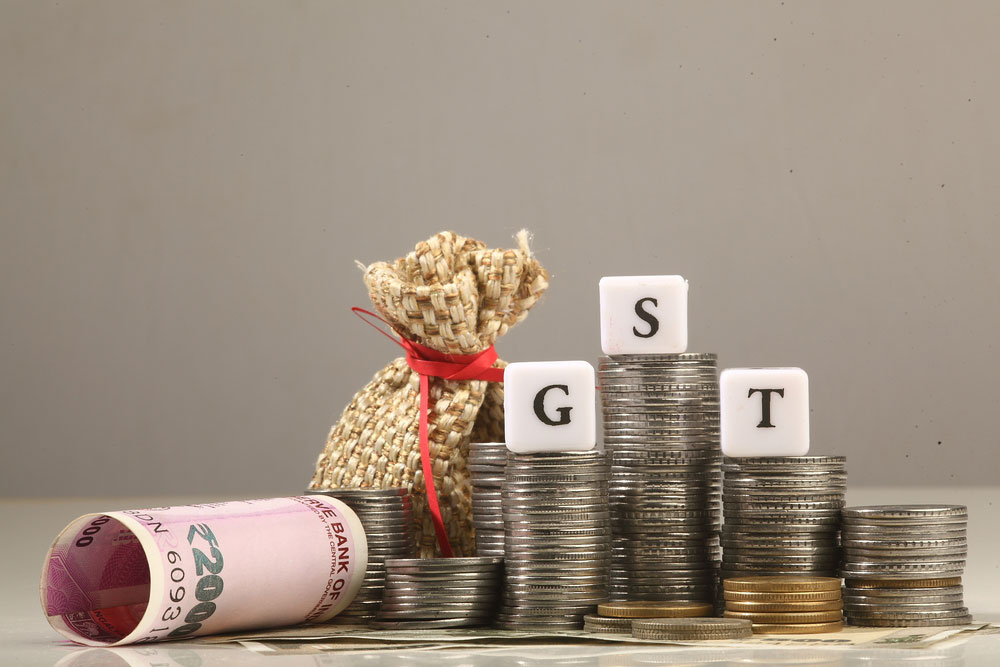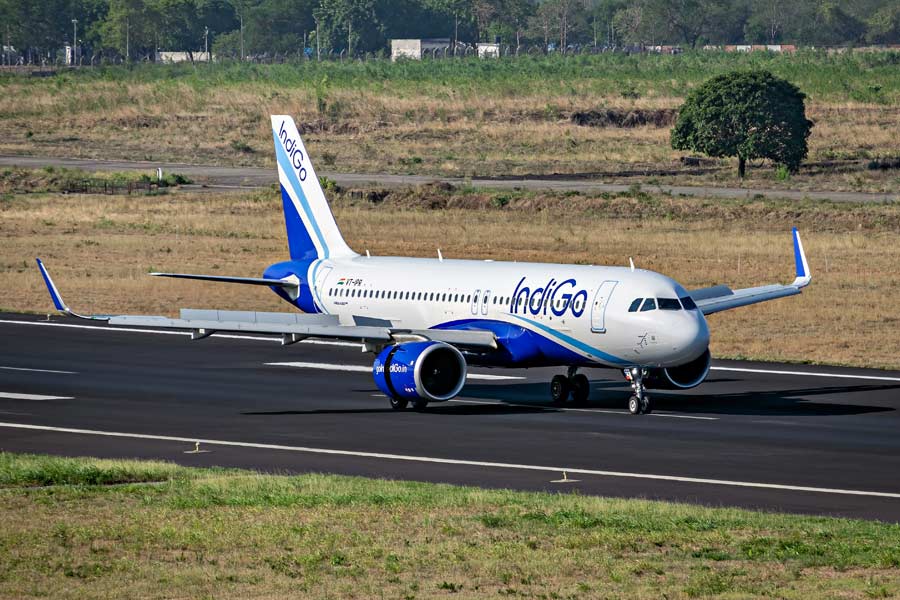The Modi government has acknowledged that it won’t be able to sort out the glitches and gremlins in the goods and service tax system this year — a major reason why it budgeted for a lowball increase in indirect taxes.
“Accrual of the full benefit of GST reforms and revenues is expected to take some more time and, therefore, the stabilisation phase is expected to continue in 2019-20 too,” the government said in its medium-term fiscal policy-cum-policy strategy statement that forms part of the budget documents.
GST collections faltered in June, tumbling below the Rs 1-lakh-crore threshold that many experts believe is an acceptable level to signify the success of the tax reform at the current pace of economic growth.
Tax collections under GST in June fell to Rs 99,936 crore — way below the revenues of Rs 1,06,577 crore in March, Rs 1,13,865 crore in April and Rs 1,00,289 crore in May.
The tax reform that professed to bind the country into a pan-India common market — with the popular tagline, One Nation, One Tax — was introduced in July 2017. The Centre and the states had agreed to set a two-year transition period till June 30 this year to stabilise GST.
One of the main reasons why the new tax system hasn’t stabilised yet is the fact that the GST Council — the hothouse of representatives from the Centre and the states that is often riven by disagreements over rates and procedural issues — has struggled to strike the right chords with its concertina of rates, sparking all the discordance within the system and the rising resentment among taxpayers.
“The full benefits of GST reforms should start accruing from FY 2020-21 and completely stabilise thereafter to ensure a sustainable fiscal path,” says the document.
Rate clamour
Industry has been clamouring for a reduction in the rates of GST.
Of the 1,350 items covered by GST, the items are largely clustered around the 18 per cent rate which is applied to 632 items, or 46.8 per cent of the goods.
The government has argued that only 29 items — or 2.2 per cent of all goods — are covered by the luxury and sin goods rate of 28 per cent.
The nil rate covers 158 items, the 5 per cent bracket includes 296 items and the 12 per cent rate is applied to 235 manufactured goods. The government claims that most items of basic needs are in the nil bracket, while most items of mass consumption are taxed at 5 per cent. But that hasn’t stopped the pressure to reduce the rates on several goods.
“The GST rates have been reduced significantly, where relief of about Rs 92,000 crore per year has been given,” finance minister Nirmala Sitharaman claimed in her budget speech — and this could be read as a statement that the Centre sees very little possibility for further cuts given the shaky flow of indirect tax revenues.
Filing challenge
The bigger challenge will be to sort out the mess over the frequency of filing returns.
“We are further simplifying the GST processes. A simplified single monthly return is being rolled out. Taxpayers having annual turnover of less than Rs 5 crore shall file quarterly returns… A fully automated GST refund module shall be implemented. Multiple tax ledgers for a taxpayer shall be replaced by one,” Sitharaman added.
In the new system, the supplier will be allowed to upload the invoices continuously anytime during the month and the recipient will also be able to continuously view the uploaded invoice, says the fiscal policy document.
The new return system will be implemented in phases from October 2019 and latest by January, 2020. And that explains why it will take so much longer to stabilise revenue flows under the GST regime.
Rocky revenues
The rocky nature of GST revenue flow means that the government has had to depend on the more durable flow of direct taxes – personal and corporate taxes – to fund its coffers. This is expected to continue over the next two years.
“Direct taxes are expected to show a growth rate of 13.4 per cent and 14 per cent compared with the previous year in 2020-21and 2021-22, respectively. The growth rate in indirect taxes is expected to be 7.3 per cent and 10.3 per cent in 2020-21 and 2021-22, respectively. Among the indirect taxes, the growth rate of GST and customs is expected to remain roughly at the rate of growth of the economy and hence show a buoyancy of 1,” says the document.
The upshot of this is that the “eight-year average buoyancy of corporation tax for the years 2020-21 and 2021-22 is 1.00 and 1.03, respectively, and of personal income tax is 1.36 for both years,” says the document.
The estimates are based on the assumptions that there is no change in the tax rate or slabs or any of the tax provisions in Income Tax Act, 1961.
Direct taxes have shown high buoyancy in the last few years and have been consistently growing at a higher growth rate than that of the nominal GDP. This has led to an increase in direct tax collections. It has gone up from 5.7 per cent of GDP in 2010-11 to 5.9 per cent of GDP in 2017-18. This buoyancy is expected to continue and the direct tax-GDP ratio is expected to reach 6.6 per cent of GDP in 2021-22.
In contrast, indirect taxes have grown from 4.5 per cent of GDP in 2010-11 to 5.3 per cent of GDP in 2017-18.










